The manufacture of plastic products employs the use of different methods including injection molding and compression molding. These two processes differ from each other in various ways and feature different advantages and disadvantages. Getting to learn more about the different processes will put you at an advantage. You will be in a better position to decide which manufacturing process actually works for you and your specific needs.
It is important to note that these processes will be different but will almost always result in the same physical products in quality and cosmetics. If you are conflicted about which process would work for the products you have in mind, you also have the option of consulting with an injection molding manufacturer. They will give you a better understanding of the different processes and help you decide. In this article, we’ll expound more on the different processes and the similarities they feature.
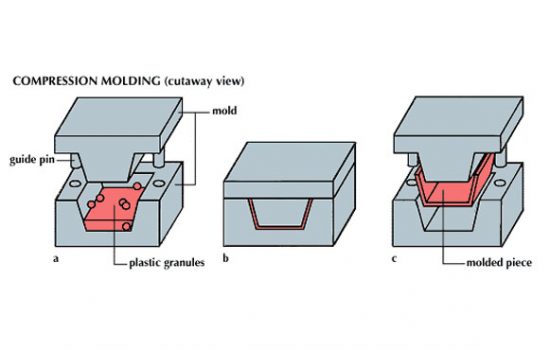
Source: https://kids.britannica.com
Compression molding is a three-dimensional manufacturing method with both an upper and lower compression part. To ensure that the end product meets the requisite requirements, compression molding employs the use of both heat and high pressures. The heating of the plastic polymers to be used in the compression molding process is the first step. Once that is done, the molten plastic polymers are then poured into a mold’s cavity. After that, a plug is used to cover the top of the mold, which helps to add pressure. The molten material expands to fill the mold as the pressure builds up.
After expanding, the plastic polymer is allowed to cool before being released in the shape of the mold. It is important to remember, however, that when dealing with plastic polymers, they must be heated to the proper temperature. The compression process will fail if the polymer is not heated enough, while the cooling process will take longer if it is overheated. Even so, when working on the manufacture of your plastic goods, this is a wonderful and effective process to consider.
Compression molding comes with a number of advantages that you should keep in mind. Some of them include:
Some of the disadvantages featured in compression molding include:
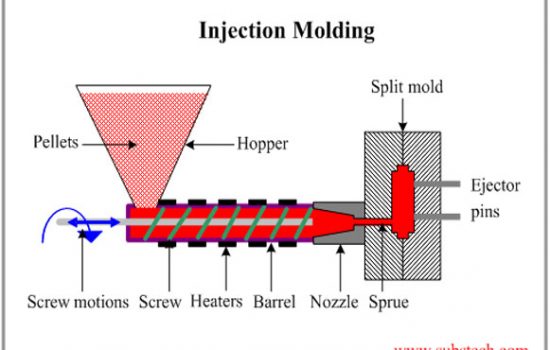
Source: www.substech.com
Injection molding is a process that employs the use of an injection molding machine and different plastic polymers to create an end product. This process is designed to be accurate in the manufacture of quality plastic products. In the injection molding process, there are three types of injection molding machines that are used. They include;
These machines are quite different in terms of application and come in handy for different types of products. Depending on what you are looking for, and the specifications you want to work with, you can choose to go with either machine. It is important to note that the different machines also feature different manufacturing costs for each. This is attached to the convenience and efficiency of the machine you choose. For instance, the hybrid injection molding machine will come in at a higher price in manufacturing given that it features all the positives exhibited by a combination of hydraulic IMM and electric IMM.
The injection molding process features a few aspects in the production process that you need to keep in mind. This is where the labor in injection molding is featured. Taking the process step by step ensures that the manufacturers are able to cater to the qualities accurately. The different procedures that you should expect with injection molding include:
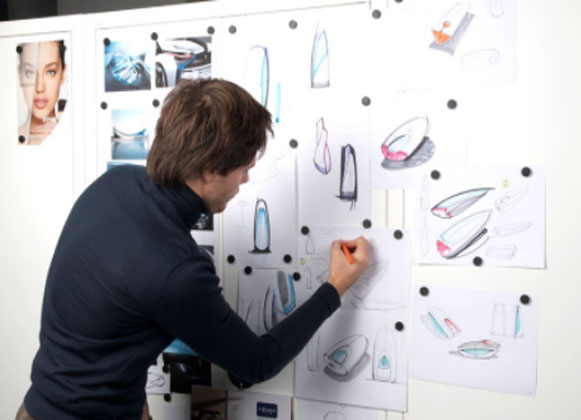
Source: uxdesign.cc
When it comes to injection molding, the first step is to design the product. The customer will work with an experienced designer who will provide a concise demonstration of the product’s final result. This is necessary to ensure that all of the goods created to meet the needs and desires of your customers. The designers will use software to create a simple demonstration that will help with subsequent production processes. To make this process more effective, a working prototype might be required to ensure that the product design appeals to the consumer.

Source: uxdesign.cc
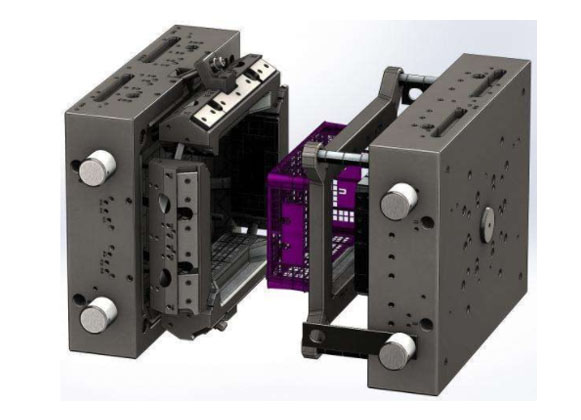
Source: www.sachimolds.com

Source: www.sachimolds.com
Following the design of the product, the same designers would work on the mold design to ensure that it functions correctly. The mold design should incorporate the product design’s precise details. When it comes to making some items, the mold should be used as a starting point. Designers must ensure that the mold design is precise and that it will translate to the exact design of the finished product.
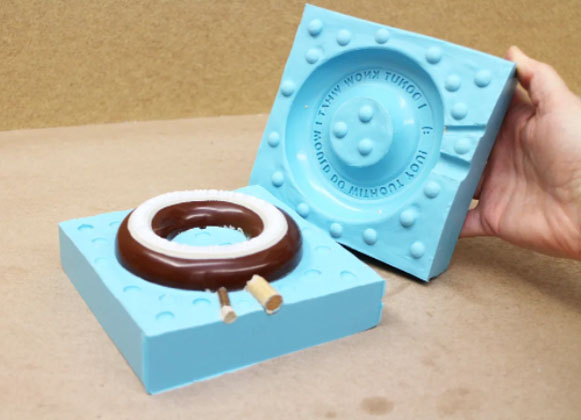
Source: www.instructables.com
The process is then turned over to the engineers in charge of the mold-making process after the mold design is completed. The engineers will use the mold design that was produced earlier to ensure that the plastic injection mold is accurate. To ensure that the mold produces perfect molded products, the engineers will determine the best material to be used on it. This step is necessary to ensure that the products have every detail that was worked on during the product design stage.

Source: www.instructables.com
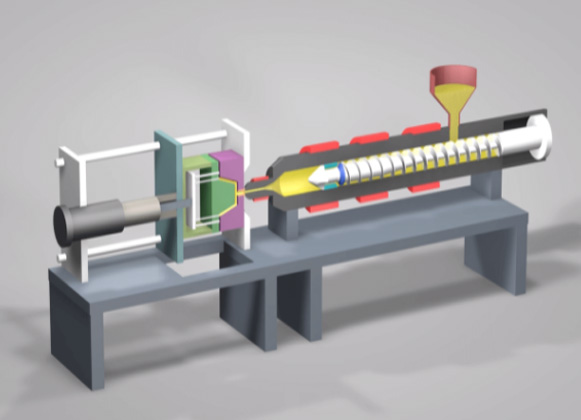
Source: www.3erp.com

Source: www.3erp.com
Once you have a working mold that is designed to the exact specifications featured in the product design stage, the injection molding process will begin. Here, the process will be transferred to the injection molding machine of choice to ensure that you get the best products. The first step will be to have the clamps securely placed and ready to hold the mold in place. Once that is done install the molds that were designed to facilitate the injection molding process. After the mold is in, the clamps move towards the mold to hold them tight to each other to avoid any leakages. When the plastic mold is secured, molten plastic material will be introduced into the mold cavity. The injection tool is designed to linger for a while to ensure that any excess material is taken back. Once the molten material is in, it starts to cool taking the shape of the mold cavity. After it is fully cooled, the last step is ejection where the clamps release the molds and the end product is deposited out. Now, the product can undergo surface finishing and be used in its predetermine application.
Some of the advantages linked to injection molding include:
Injection molding features a few disadvantages that you need to keep in mind. They include:
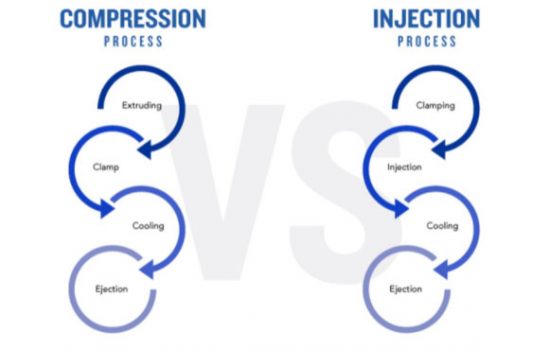
Source: https://ioterra.com
The compression and injection molding processes feature a few similarities that you should keep in mind. They include:
On the other hand, these processes also feature some distinct differences that are important to make note of. The differences include:
The manufacturing processes involved in the production of plastic products will vary depending on your specifications. You have the option of either going with injection molding or working with compression molding. Consult with an injection mold manufacturer to get a clearer understanding of these processes.
+86-755-8524 1121
marketing@rydtooling.com
No. 2, HongKan 1st Road, YanChuan Community, YanLuo Street, BaoAn District, ShenZhen City, China. Post Code 518105.
Subscribe to our newsletter to get manufacturing news and updates!
